What lies underneath the marbles that covered the Colosseum?
But you hardly see any marbles in the real Colosseum.
It’s all bare stones!
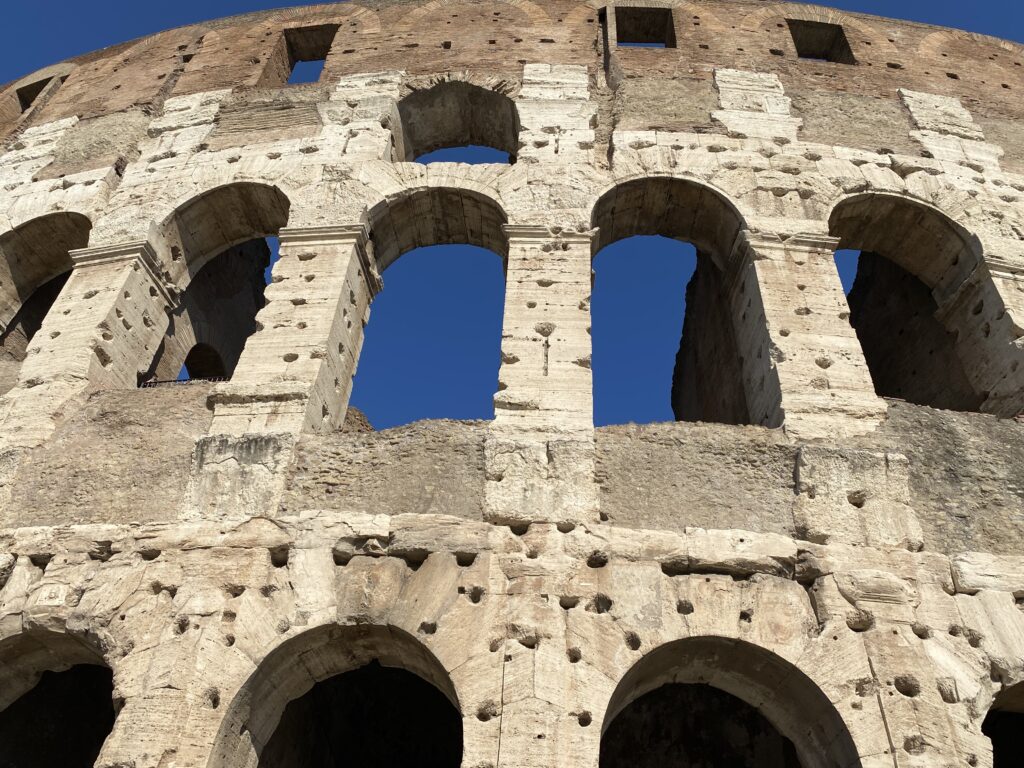
The story of the marbles that once covered the Colosseum’s is the story of major ‘switch’ in the Western moral order.
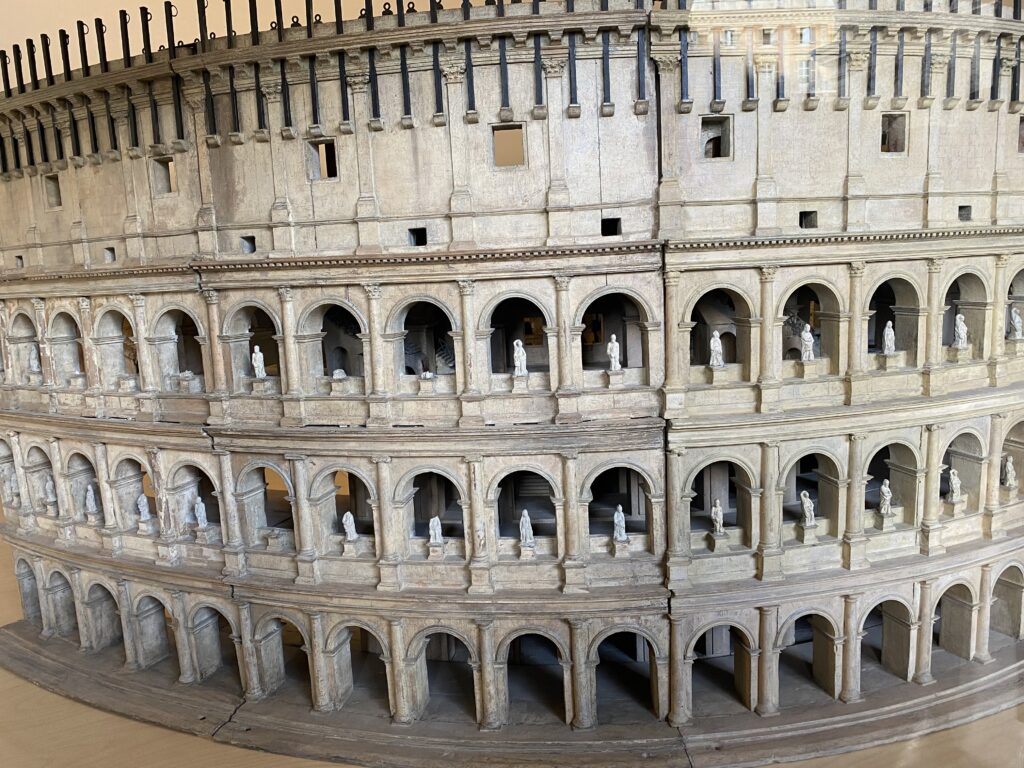
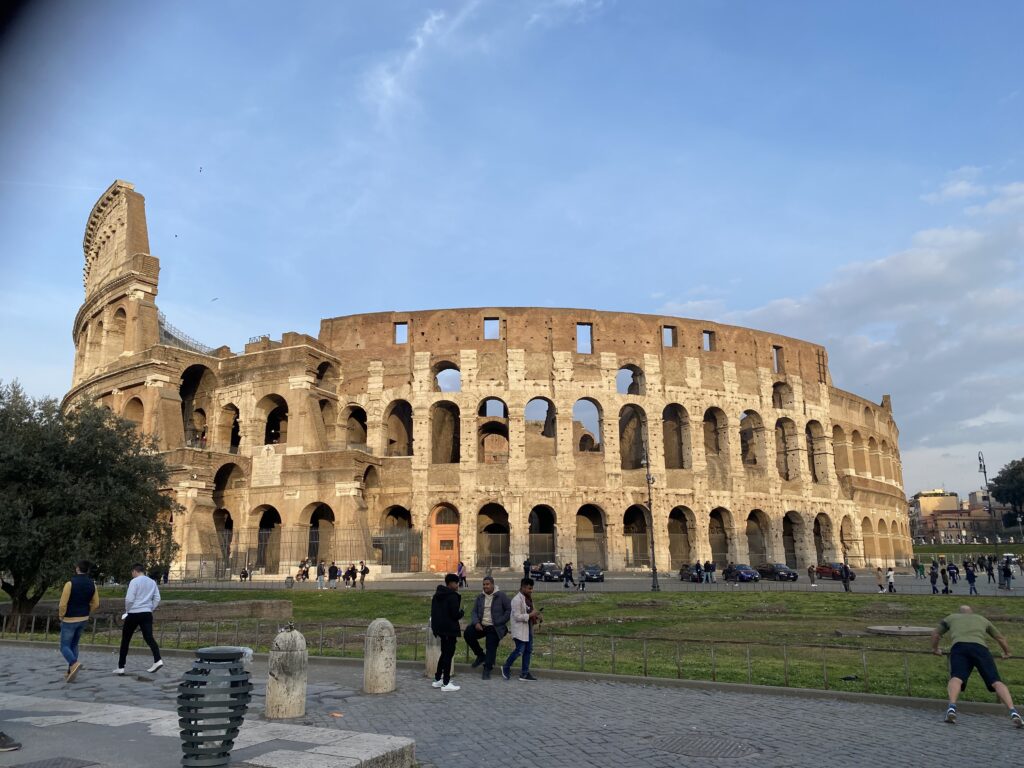
Colosseum, as many would know, is giant stone-built ampitherater, largest in the world, commissioned by Roman Emperor Vespasian between 72 and 80 AD. He built it as a grand public work after his victory campaign in the first Jewish-Roman War. The campaign involved plundering Jeruseslum after a prolonged siege of the city. This, in-turn, was the conclusion of a conflict that lasted for years and spanned the reigns of many Roman emperors.
Vespasian built the theatre in the place where the previous emperor, the much-despised Nero, was planning a palace with a huge statue of himself as the sun-god. Vespasian, who assumed office, after Nero was unseated, considered the theatre as a ‘public good’ against the plans of Nero’s self-aggrandisement. Vespasian built the theatre at the site where Nero had planned an artificial lake for his palace.
The project was completed in 80 AD after Vespasian was dead, and his son Titus became the emperor. The entry to the amphitheater was made free for all Romans, and the principal entertainment was gladiator fights. The inauguration festival of the theatre ran for 100 days and involved killing of 9000 wild animals and thousands of gladiators.
Gladiators were slaves, prisoners or aspirant commoners. Wild animals, kept hungry and isolated for weeks, were discharged to the areana for giving a surprise element to the shows. Gladiators and animals died fighting with each other. The central ground where the fights took place was called the ‘arena’. The word arena has its root in the word ‘sand’ that was specially laid in the floor to absorb blood the blood of the dying animals and men.
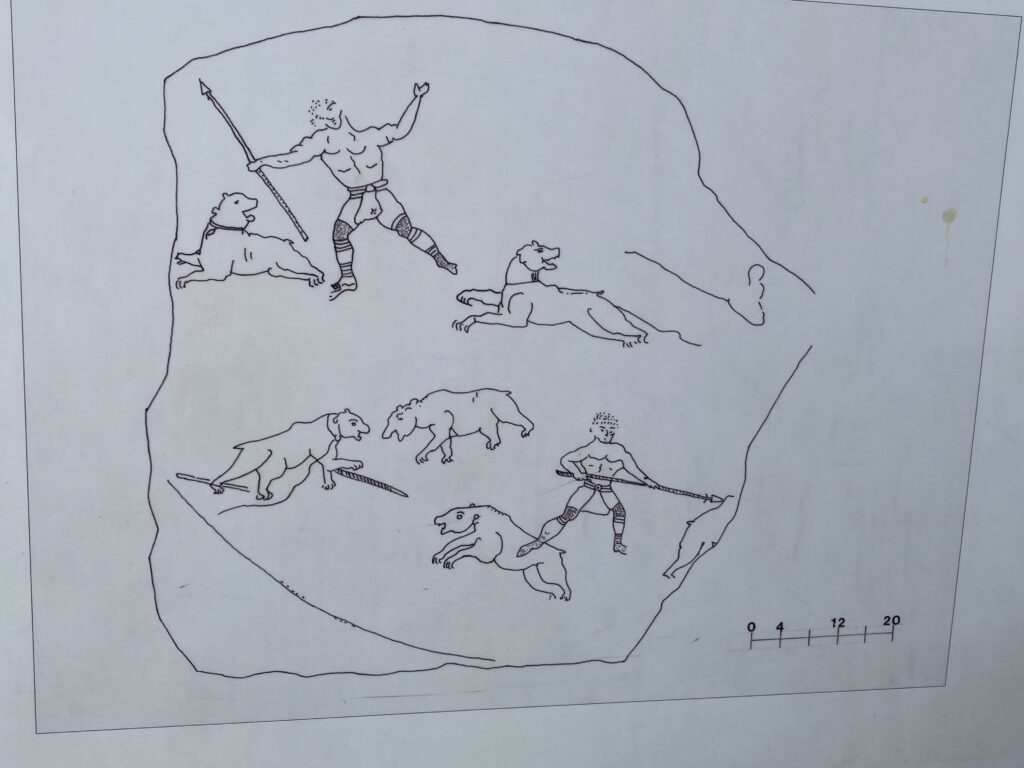
Vespasian used the Jewish prisoners of war to build the structure. The Romans had destroyed the Jewish temple, and paraded the Menorah and the Table of Bread-the sacred Jewish items that were not to be taken out of the temple-in the Roman streets. One million people died. About one lakh able-bodied men were taken as prisoners to build the theatre. They died in the Colosseum, either constructing it or fighting as gladiators.
After a few hundred years the public interest in the gladiator fights waned. In 306 AD, Constantine-I became the Emperor of Rome. This was a time when Christianity was getting popular support as a sort of religion, but whose followers were persecuted in the Roman Empire. Constantine made a switch to Christianity as a state faith, and issued edicts in its favour. He united the Roman territories under one emperor with Christianity getting state patronage.
This act is a major shift in the Western order. Whether Constantine did it due to genuine change of heart or as a political ploy is debated by scholars. The fact is that Vespasian baptised himself towards the flag end of his life when he was facing death due to a serious illness.
Whatever maybe the reasons for Constatine’s change of heart, his rule established Christianity as a major religion of the West. He constructed major Christian landmarks like the St Peter’s Basilica. St Peter was a preferred apostle of Jesus, and was crucified by the emperor Nero, alleging Christians’ role in a major fire incident that devastated Rome. The St Peter’s Basilica was built on the ground were St Peter was buried.
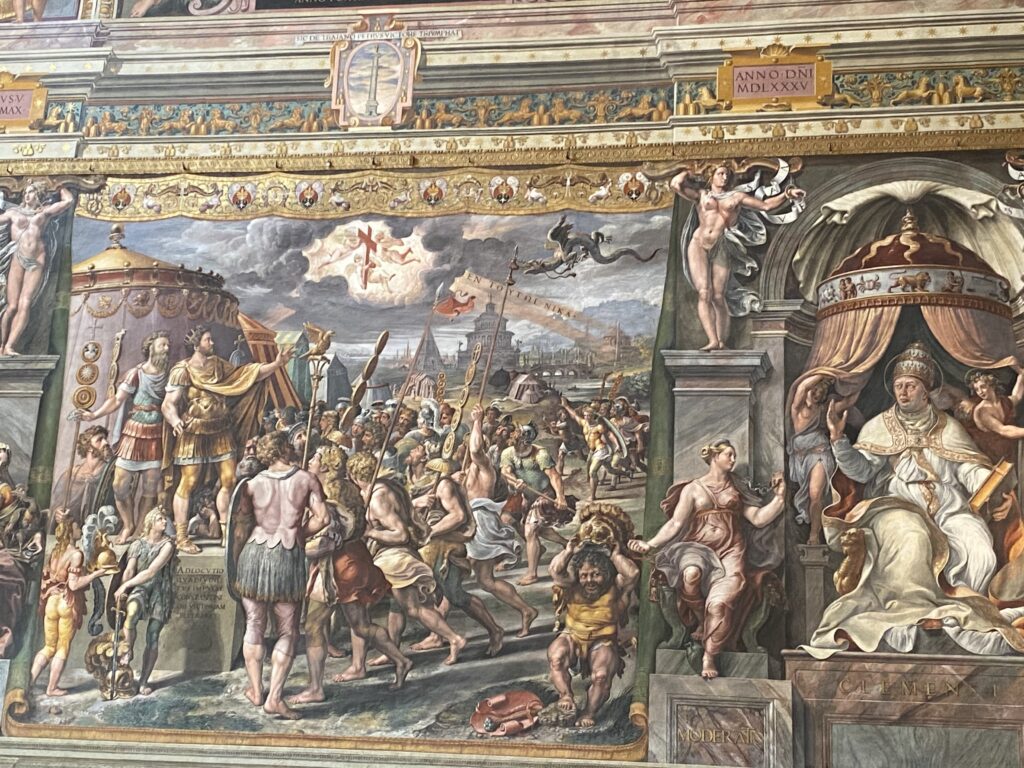
Until the ‘Constatine’s switch’ Roman emperors followed a pagan religion that considered their ancestors and various celestial characters like sun, Jupiter and Venus as gods. Although the monotheistic religion like Judaism was tolerated to varying extend, there were conflicts when one or another crazy emperors insisted that their statues to be worshipped in Jewish temples. Christians, like Jews, had protested when the Roman authorities insisted that they worship the gods of the Romans. This is one of the causes of the simmering conflict Roman Empire had with the Jews which ultimately led to the sacking of Jerusalem by Emperor Vespasian.
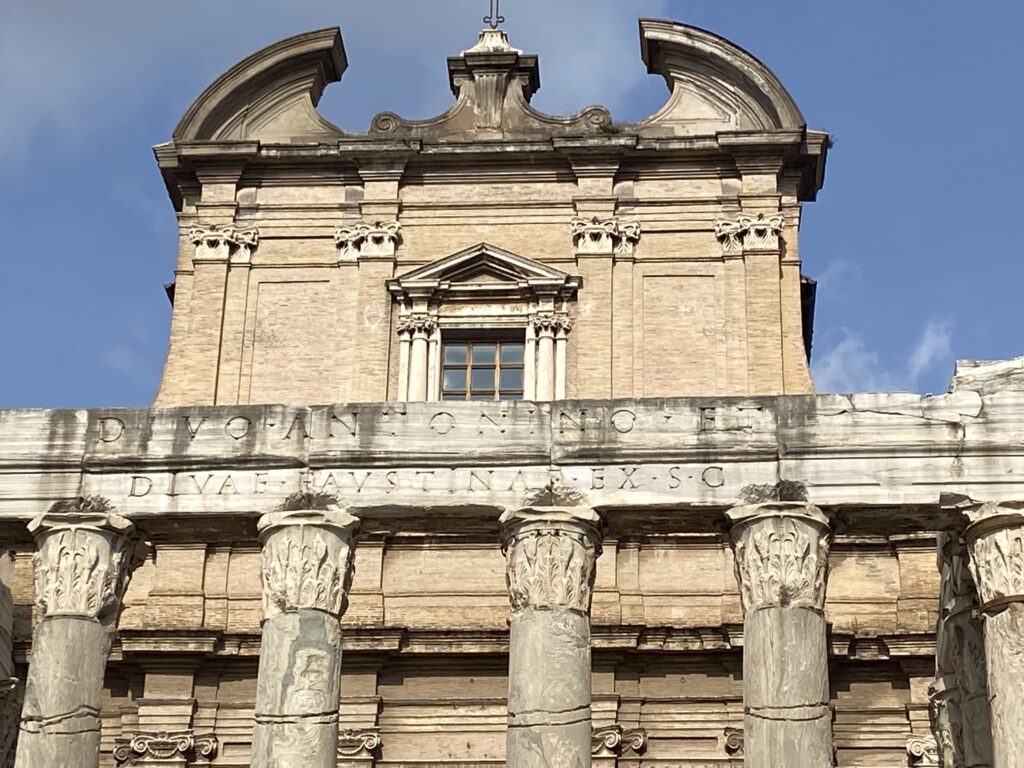
Colosseum went into disuse in the medieval period. It was used as rental houses or as godowns at different times. Soon It became a desolate building neglected in a country dominated by the Roman Church. Marbles that covered the theater were dislodged and were used as materials for constructing the innumerable churches in Rome, including the Basilica of St Peter. Building materials like iron rods supporting the structure were pilfered by robbers and were sold as recycled construction material.
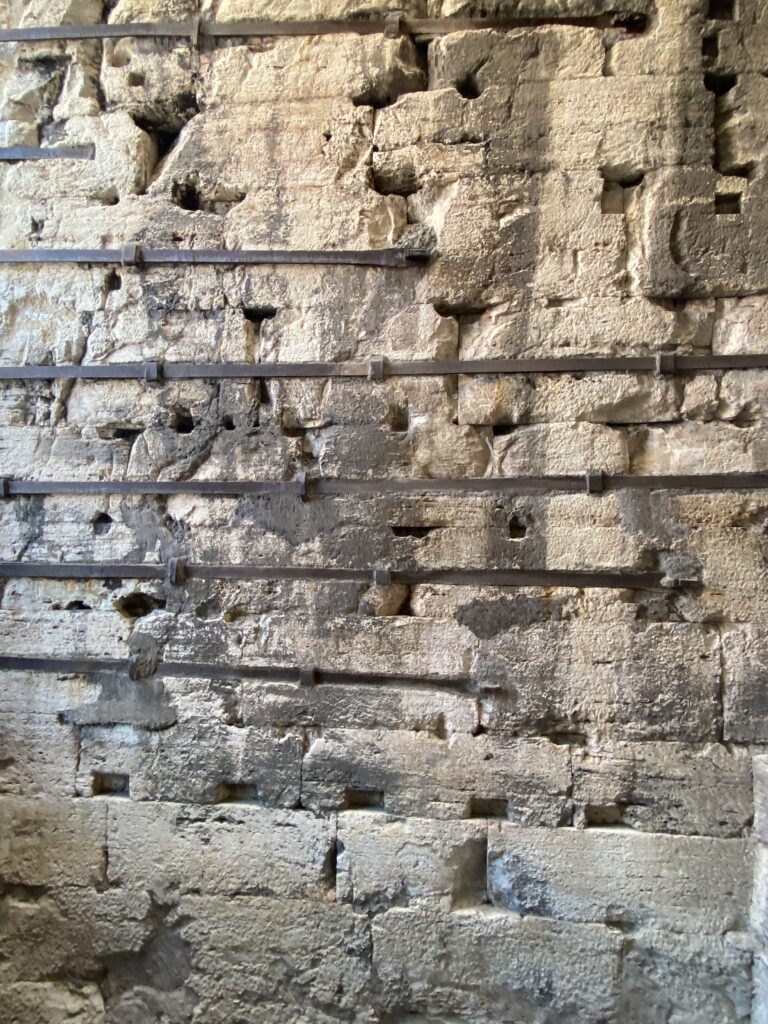
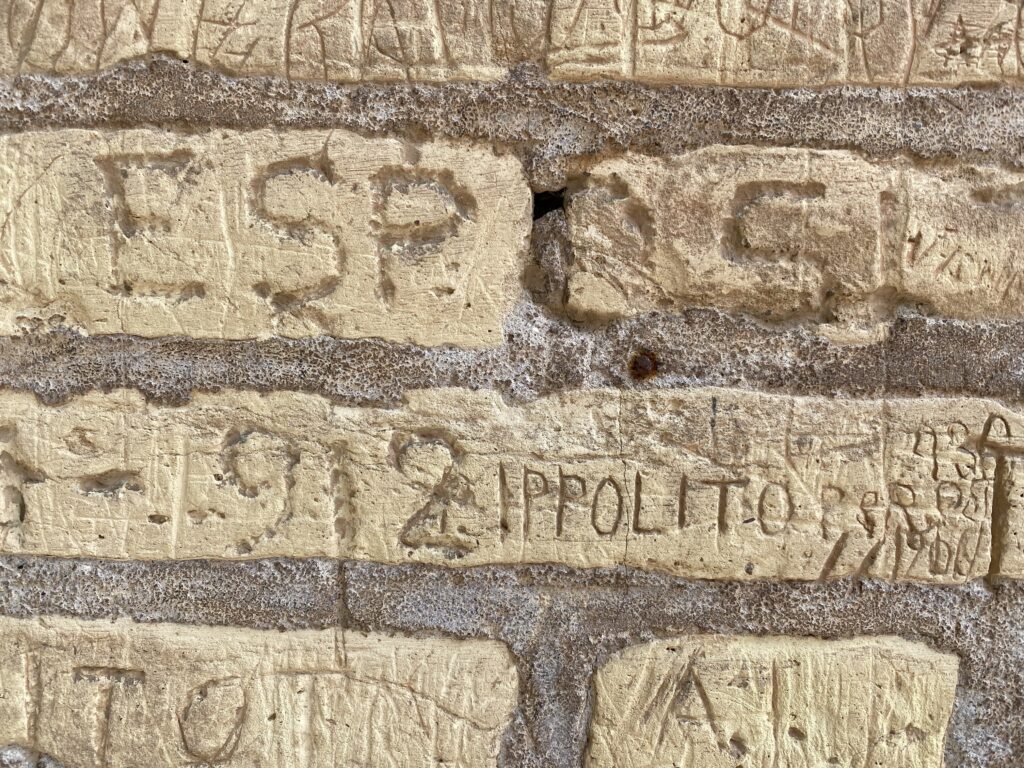
As the marbles covering the outer structure of the Colosseum were removed, the graffiti of Jewish prisoners who recorded their sacred sites and their current fate was uncovered.
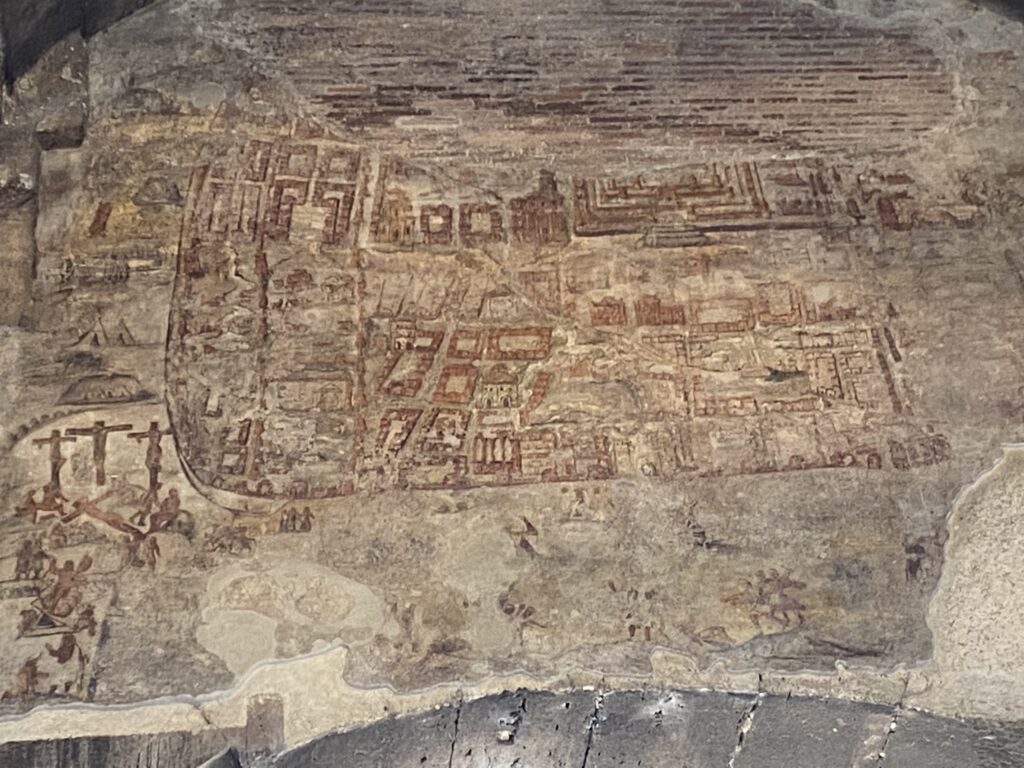
After centuries of neglect, when the site was literally used as a quarry for construction materials, in the 16th century Pope Pius V recommended that the Colosseum be considered as a sacred Christian site in the reverence to the alleged martyrdom of Christians in the arena during the pre-Constantine era. Modern scholars, however, doubt the veracity of this claim as it was Jews, not Christians who were indentured for building and running the Colosseum. Nonetheless, the Church’s fixation with Christian martyrdom led to subsequent Popes placing symbols of the cross around the arena, virtually trying to establish it as a sacred-by-martyrdom site.
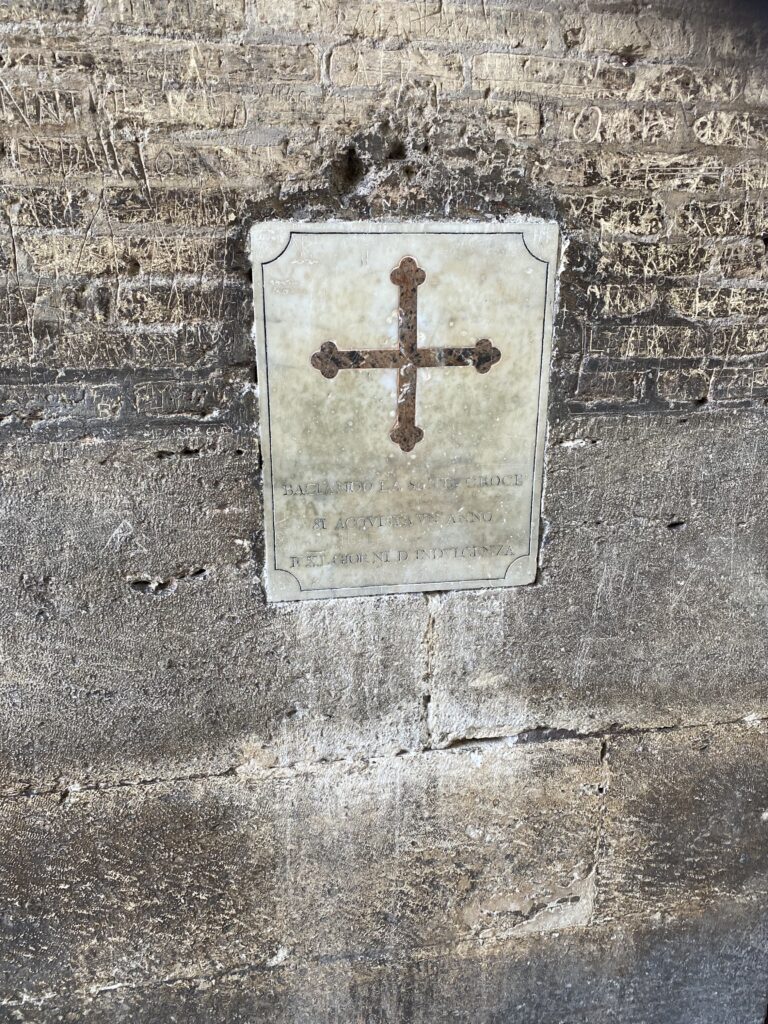
The Church built numerous smaller churches in and around the theatre. Indeed, there was a grand plan for building an imposing structure inside the theater. This project was shelved as it proved exorbitantly costly. Currently, every year the Pope leads a ‘Way of the Cross’ possession to the amphitheater on Good Friday commemorating the sufferings of the so-called Christian martyrs.
Amphitheater is indeed the ‘switch’ that seats the re-orientation of values in the Western world. For Jews, it is a reminder of a story that they do not want to be repeated. Later European campaigns to convert Pagans across the world into Christianity is a theme that resonates at an autobiographical level in the Western world because Europeans were themselves pagans of the worst kind. The Colosseum is indeed a colossal reminder that captures this story.
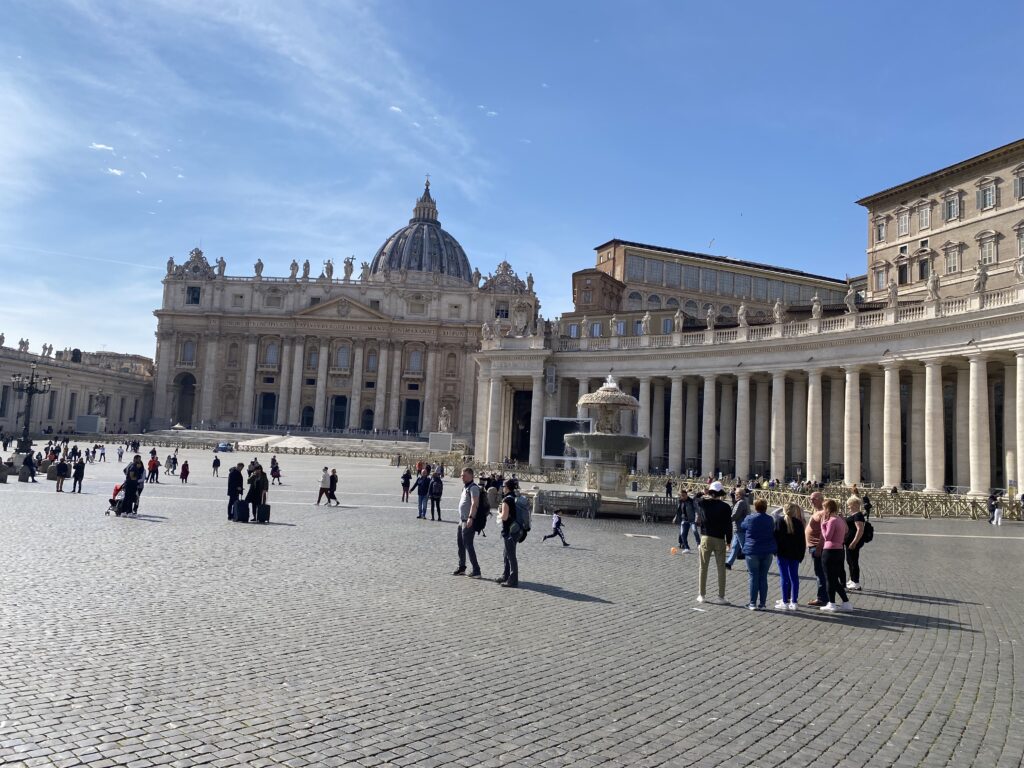
PS:
- Italian dictator Benito Mussolini wanted to recreate the architecture of the amphitheater with a ‘rationalist’ interpretation, and build a structure that he proposed would be the model to showcase Fascist values to the world. One such building is now the headquarters of the fashion brand Fendi. Mussolini’s intention was to demonstrate a continuity of his rule with the glory of the Roman Empire signified by the Colosseum. Constatine’s Switch was immaterial for him.
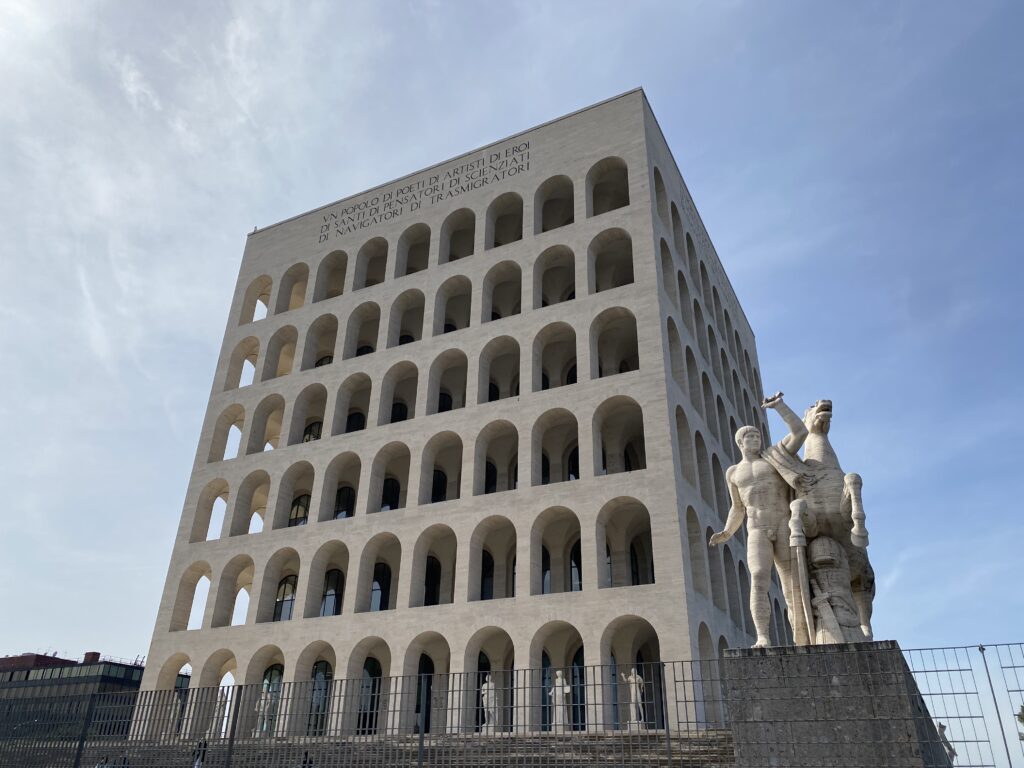
Palazzo della Civiltà Italiana, popularly know as ‘Square Colosseum’, in the city centre of Rome. Benito Mussolini thought of the particular building style as demonstrating the continuity of his reign with the glory of Roman antiquity 2. Unless one knows about these ‘resetting’ events, it is quite difficult to understand the moral behaviour and motivational elements of a society. People make wrong conclusions from the historical events when they do not understand the gigantic leaps these ‘switches’ take. .
We see at least four ‘switches’ in the Western world that dramatically reset its moral and intellectual orientation. I think the Constantine’s Switch is the first in the line. I have written about the last of the four switches few years ago (https://www.skepticsvocabulary.in/auschwitz-and-the-great-resetting).
- This was an opportunist visit done during a conference in Rome. At a personal level visiting the Colosseum ticks another item from my bucket list of my must-see sites. It’s a spiritual journey of a kind. Spiritual journey of the ‘spiritless’. Watch this space for coverage on the next ‘switch’ event-location.
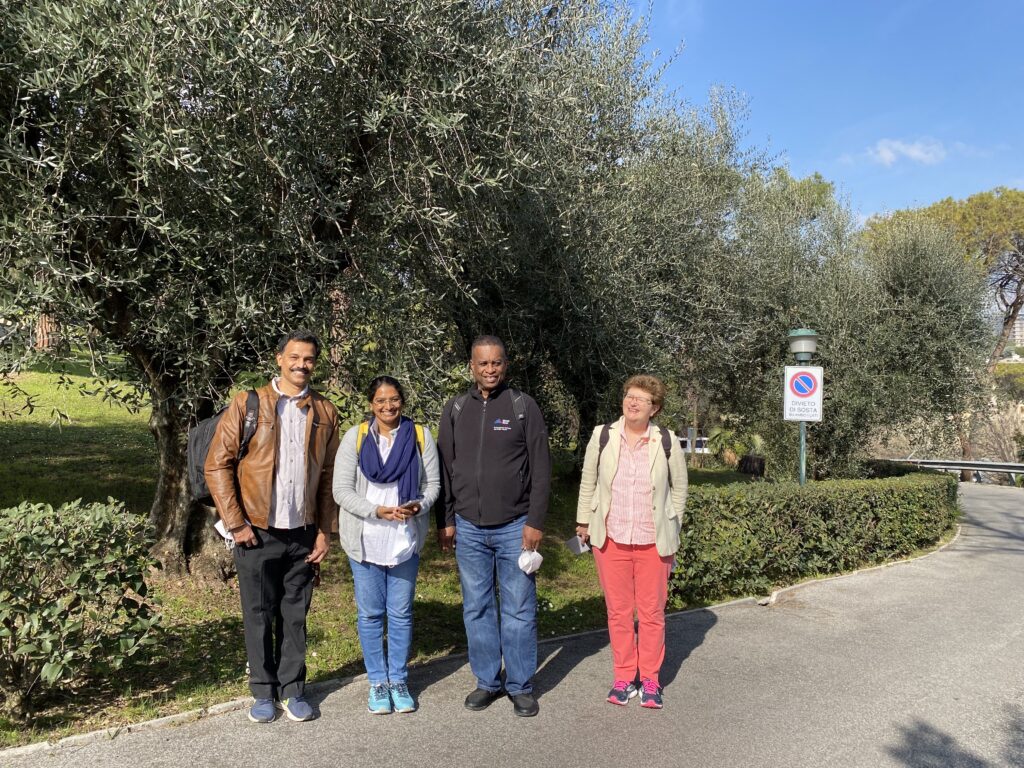
Hits: 476
